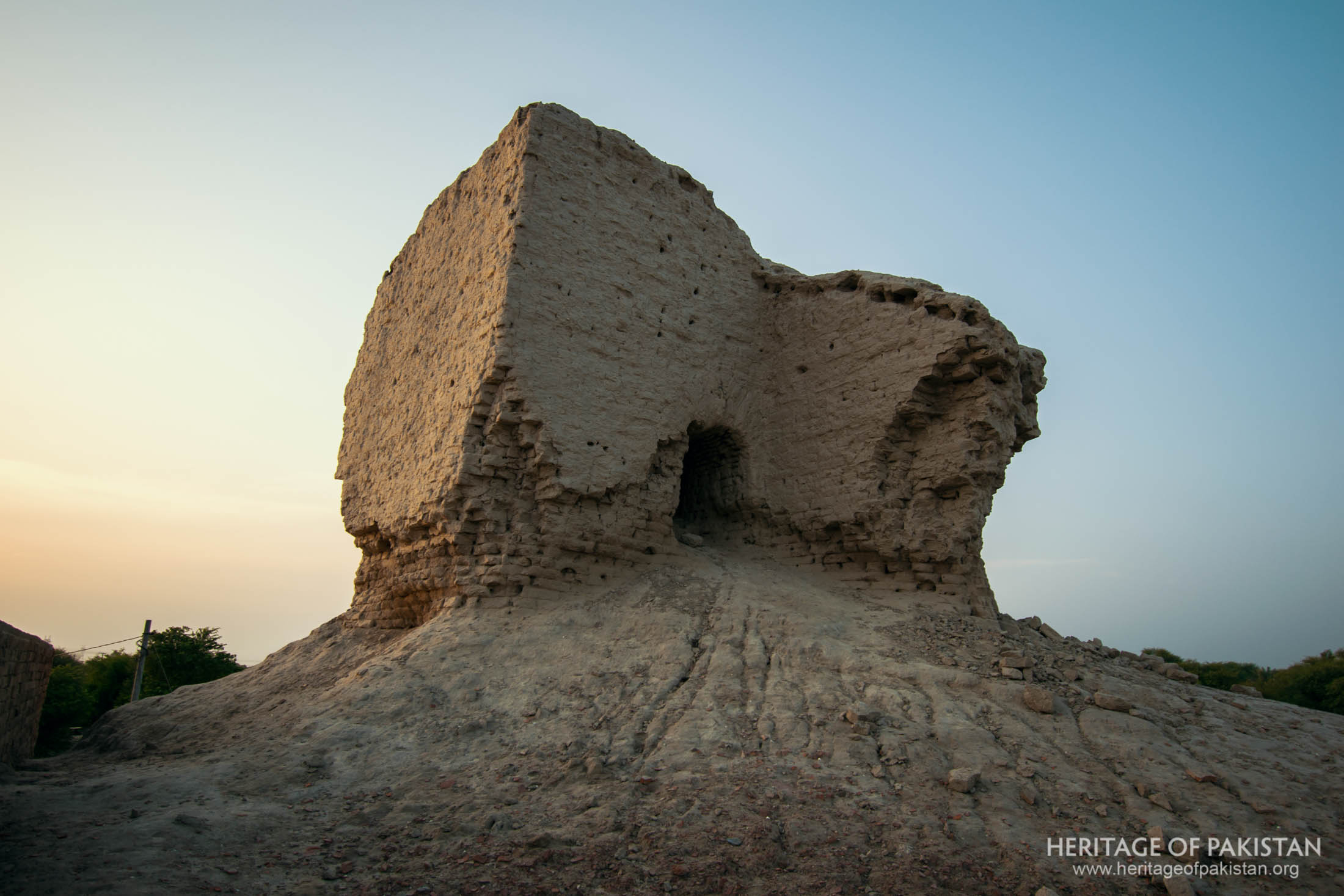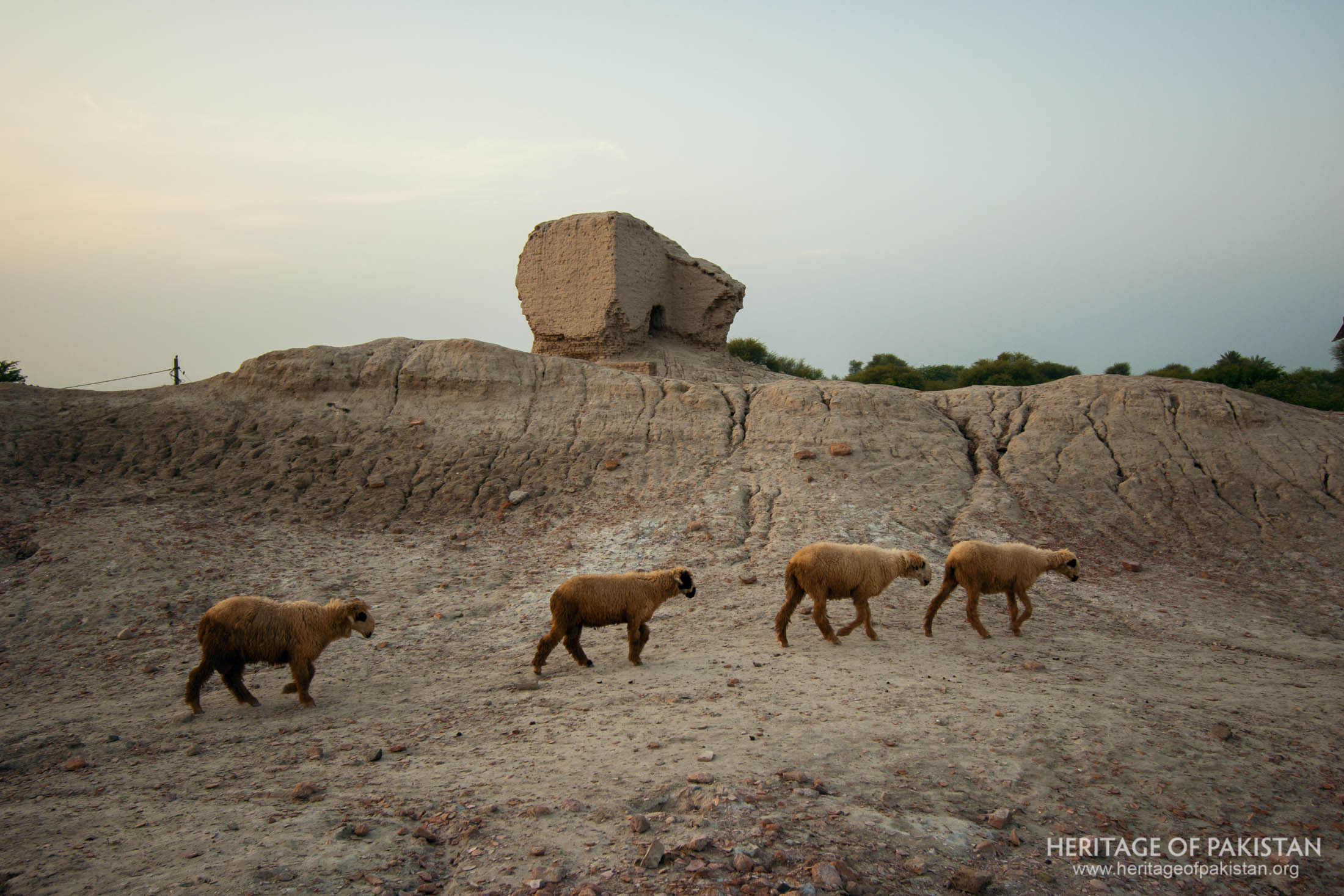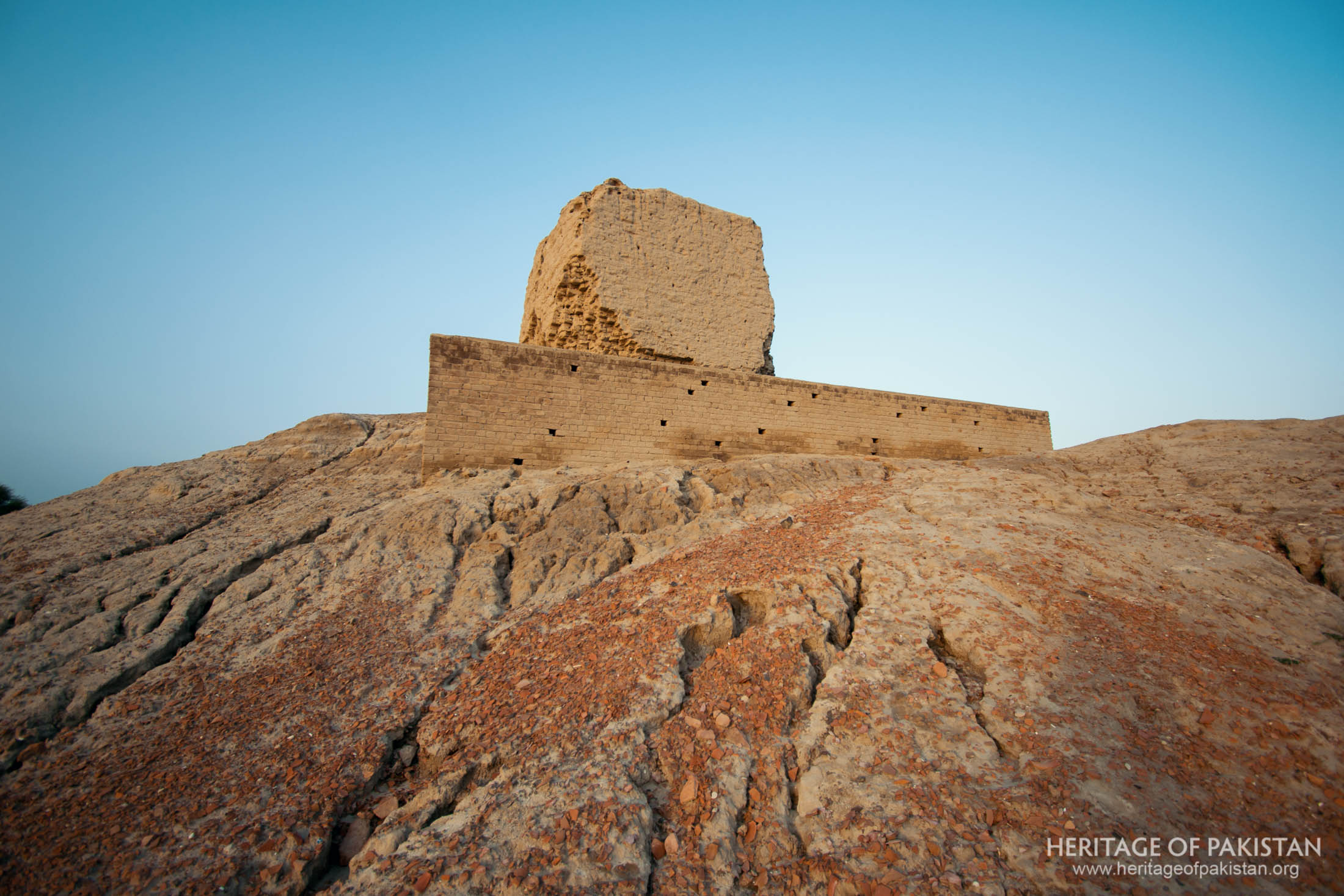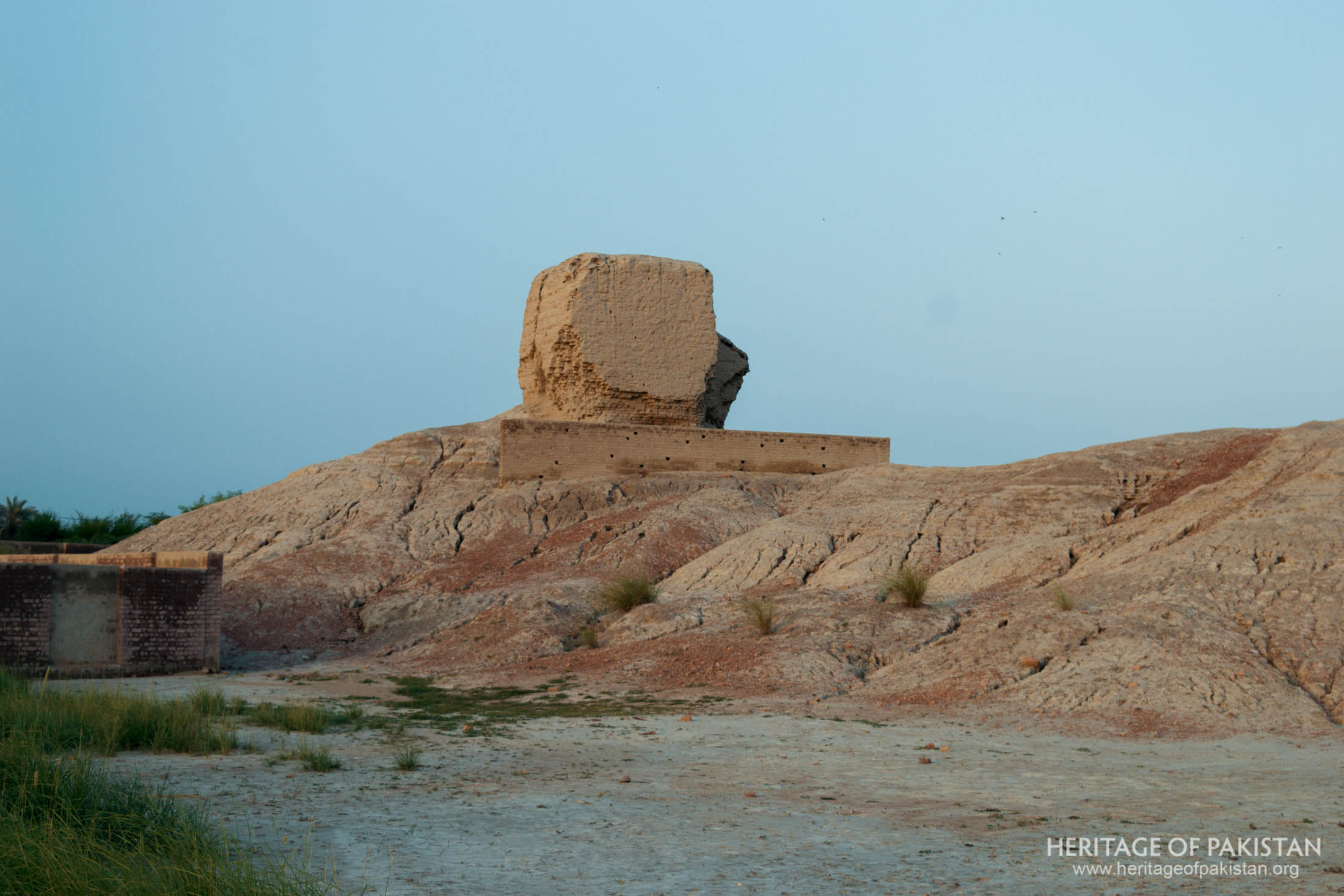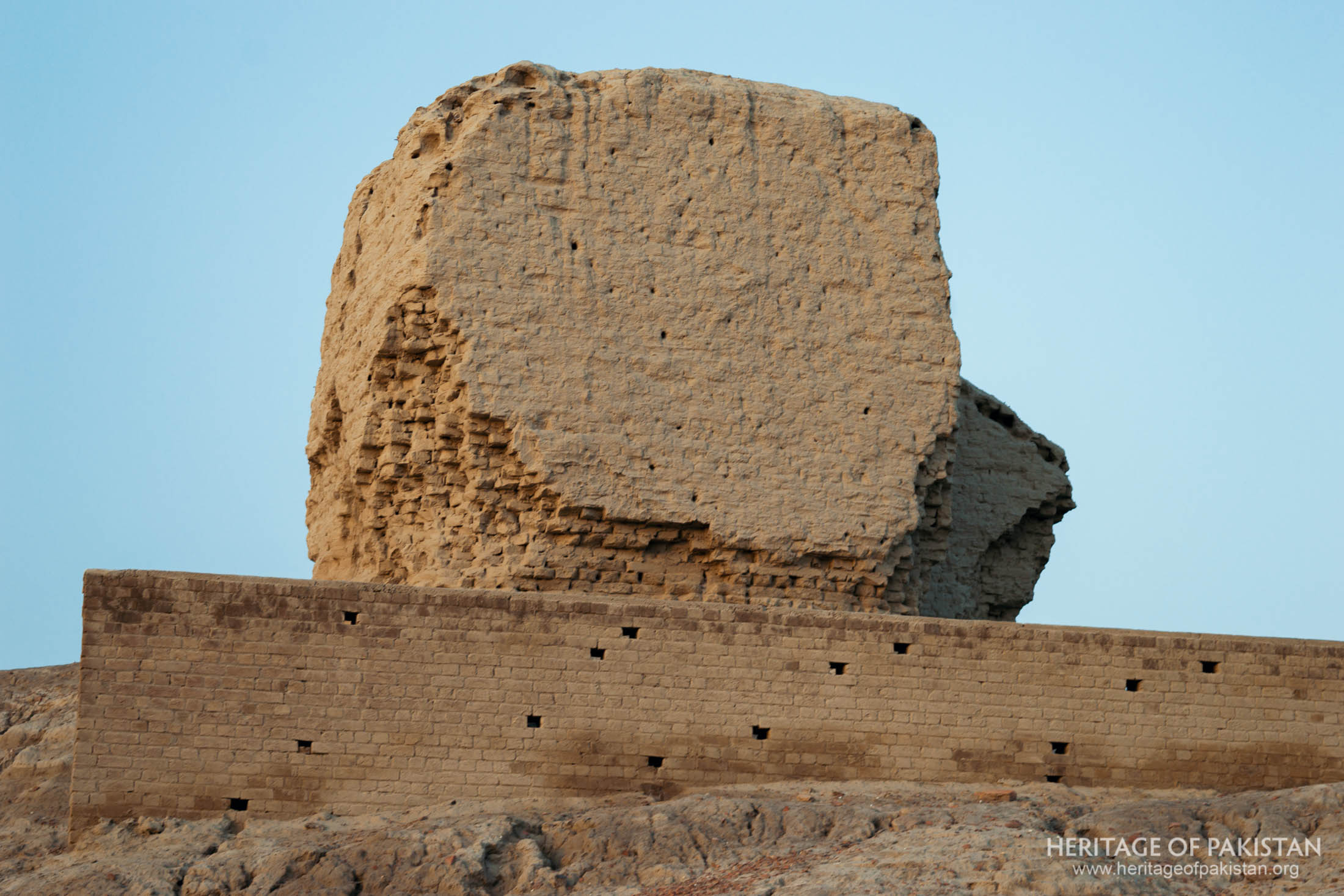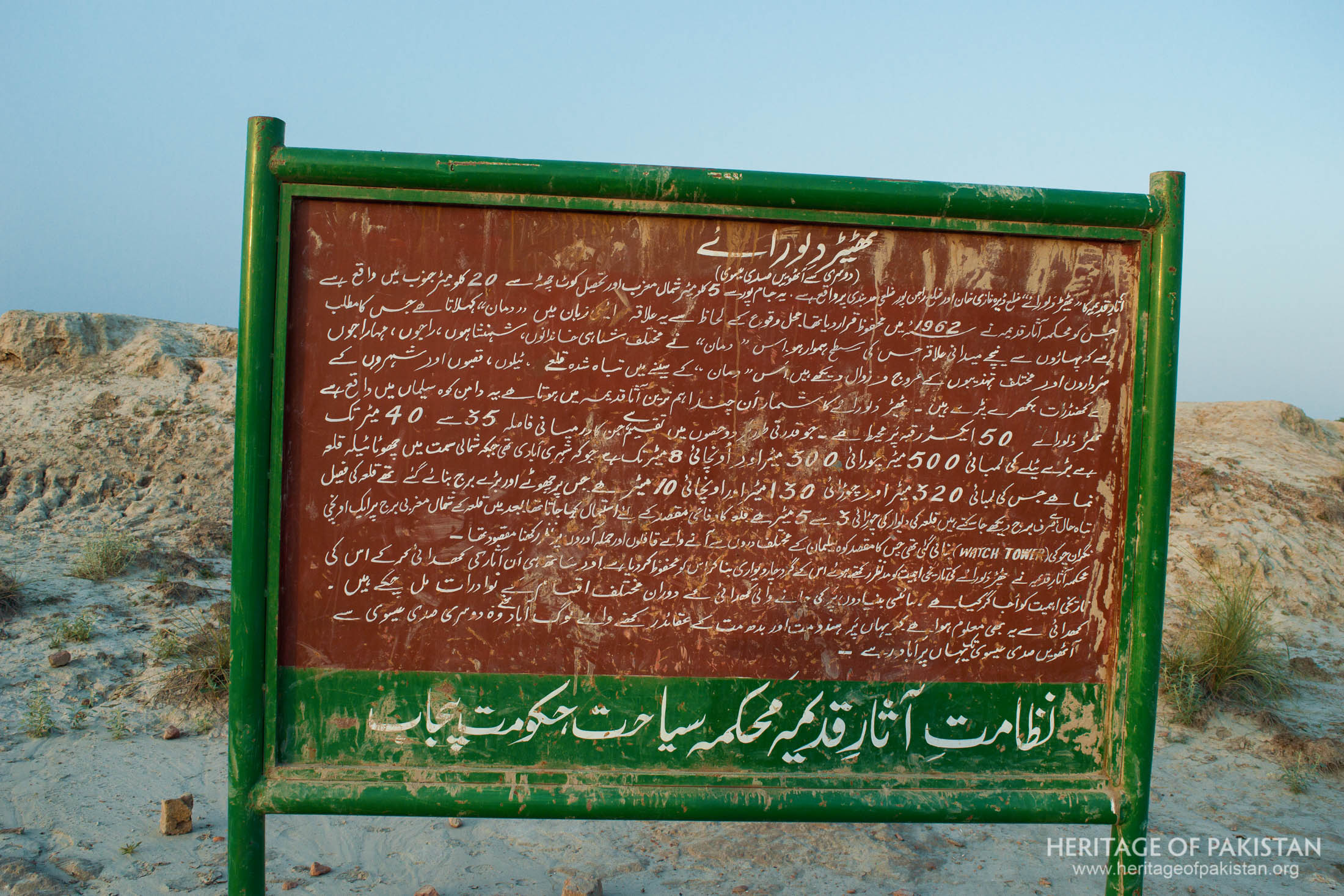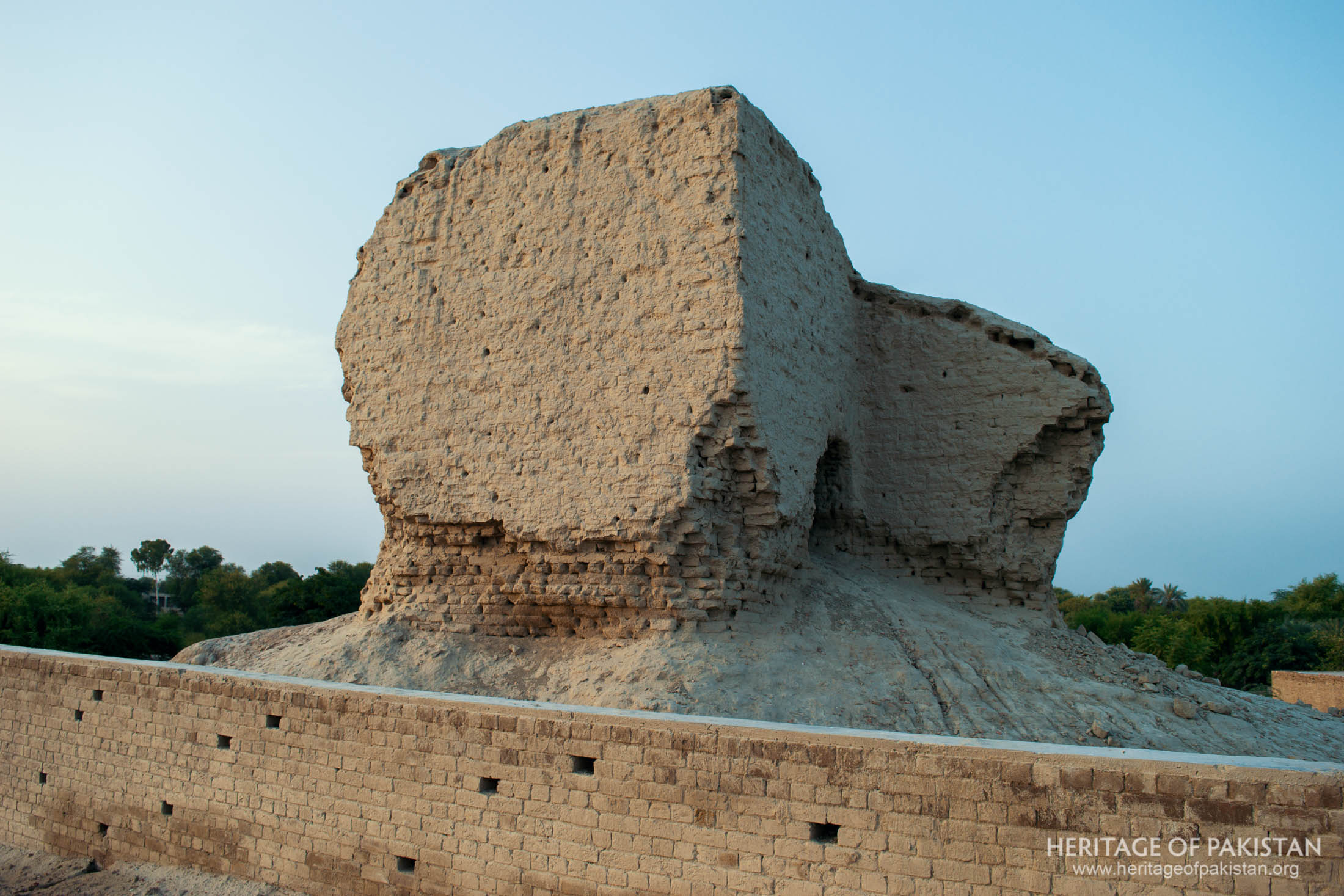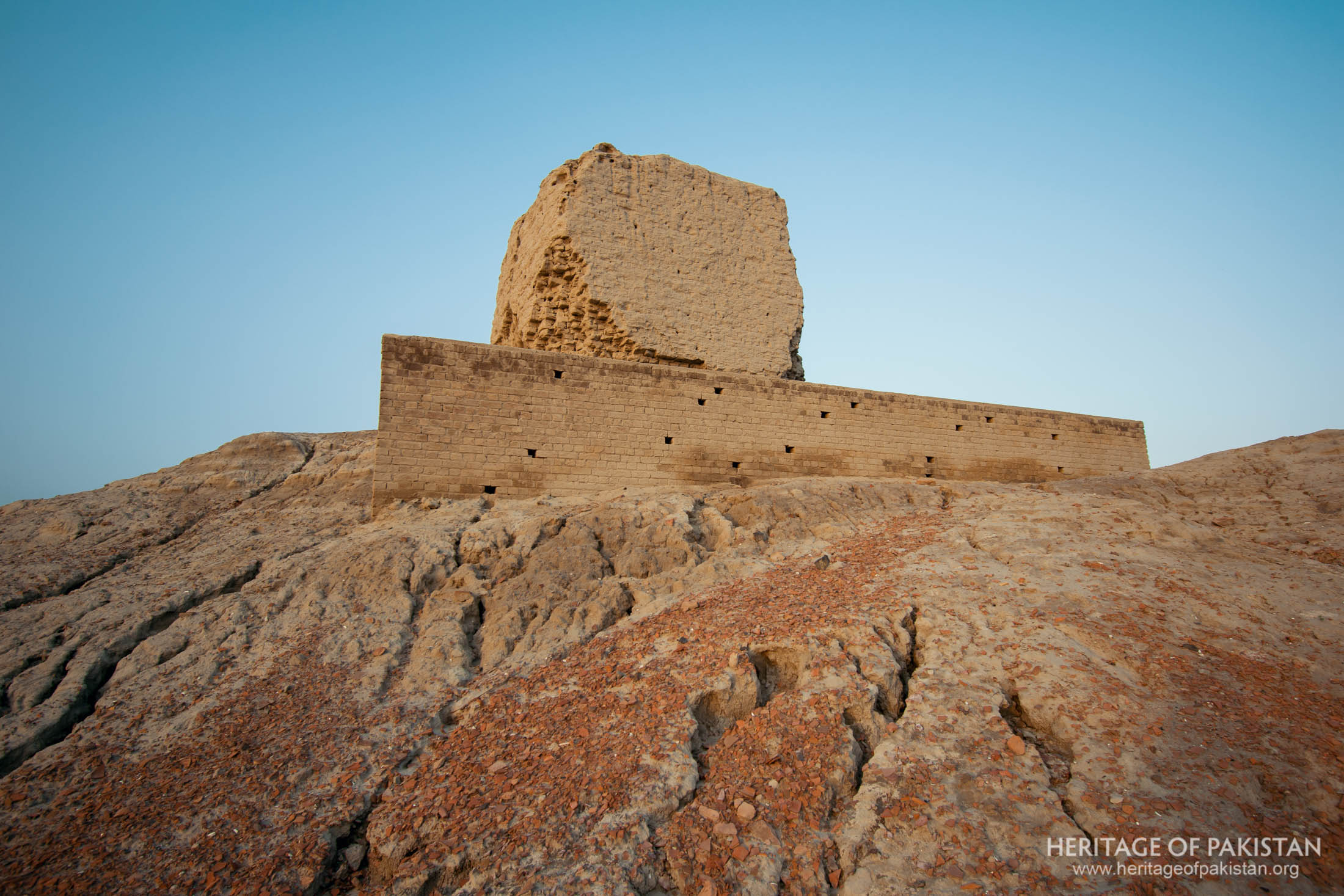Textarea
Dillu Roy mound, locally known as ‘Dillu Roy Thehr’, is a fascinating archaeological site in Punjab dating back to the Buddhist period in the region.
This compelling site provides a window into the Syctho Parthian period of the 1st century or possibly the Kushan era that spanned 30-375CE
Historians believe that the ancient city remained buried under layers of dust and sandstone for thousands of years until its rediscovery in 1858.
The city is named after a Brahman prince called Dillu Roy. Dillu Roy was allegedly a local chieftain, infamous for his ruthlessness and despotic behavior.
The grandeur and vastness of Sarfaranga is best appreciated from the mountain top on the Shigar road, offering an expansive view of the desert below.
The site was given a new lease of life in 2018, when extensive excavations by the Punjab Archaeology Department brought to light a wealth of artifacts associated with both Hinduism and Buddhism
Items such as sling balls, dabbers, oil lamps, spoon handles, terracotta wheels, and animal figurines were also discovered at the site
These artifacts are a testament to the fact that the area was occupied by Buddhists during the Scytho-Parthian period, dating back to the 1st century BC to the 2nd century AD.
These invaluable pieces of the past have now found a home in the Harappa Museum, located near Sahiwal
Dillu Roy was declared a protected site on February 26, 1964, under the provisions of the Ancient Monuments Preservation Act of 1904


